Who hasn't played in a huge pile of fallen leaves, all raked up vigorously into neat piles on the lawn on a beautiful autumn day? While it's a great fall activity for kids and dogs to enjoy, and makes for a nice-looking lawn and flower beds before winter, raking leaves may not be the best plan for the garden and in general for sustainability. The question is: what's the best way to use dead leaves in the garden in fall?
Should dead leaves be raked up and collected?
Many organizations are now suggesting that we should not rake leaves in the fall at all. This practice is so ingrained in our regular gardening habits that few question whether it is a good idea or not - so here are a few things to think about.
Leaves, as they decompose, are a source of nutrients for the soil in the garden. This is how the rich soil of forests is created year after year, with the decomposition of leaves and wood from the trees. On the other hand, most of the yards at our homes in North America are covered with monoculture lawns, and it is true that leaving a thick layer of leaves can choke and kill the grass during long wet periods in fall (welcome to the Pacific Northwest, for example). A thin layer of leaves, on the other hand, has the ability to decompose quickly enough to not harm the lawn - in fact it can introduce some beneficial and much needed mulch.
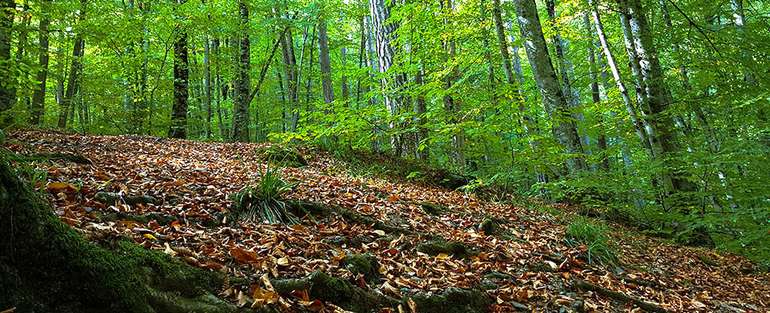
Dead leaves on the ground in natural environments provide ground cover to protect plant roots from the cold, and they provide shelter for a variety of insects and small animals. Frogs and toads, butterflies and a host of other insects find shelter for the winter under the cover of leaves. When spring arrives, these insects provide a food source for birds when other food sources are less abundant.
There is another disadvantage to collecting leaves as well - they will need to be disposed of. Some people choose to compost, which is one of the preferred options if you do rake leaves up,also many municipalities in North America now offer compost pickup. But in areas where this service is not yet available, leaves are very often thrown in the garbage. This organic material, which could be used as fertilizer, ends up mixed with unsustainable and toxic household waste, which prevents it from decomposing quickly, increases the amount of contaminated soil and the production of greenhouse gases like methane in landfills.
And on top of that - filling landfills with valuable organic material means they reach capacity sooner, and we need to create new ones.
Raking leaves and making compost
If you prefer a leaf-free lawn for aesthetic reasons, you can rake them up as you usually do; the important thing is to make sure they are composted. See our page here on how to set up a backyard compost.
If there are local bylaws that prevent home composting or a lot of snakes or vermin etc that might wish to come and make a warm compost pile a home, with luck your municipality collects compostable material.
If you have a compost bin or pile at home, dead leaves are a valuable brown material to include. You can collect and bag them and add them as you add green material. If none of these options are available to you, you might find the local dump has a compost section. Alternatively, if you wish to take our advice and hang onto dead leaves as a valuable commodity, one of the following two options may be suitable for you to dispose of your fallen leaves in an environmentally friendly manner.
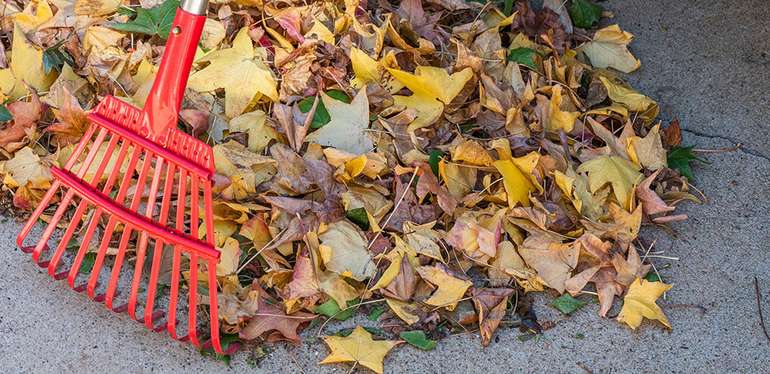
Using dead leaves in the garden and in flower beds
Your dead leaves can be used as mulch in flower beds, around trees, and in vegetable gardens. The benefits of mulch are numerous: it prevents weeds from growing, protects plant roots from the freeze/thaw cycle, conserves soil moisture, ecourages biodiversity and provides insect habitat.
In vegetable gardens where the soil is bare after the last harvest, mulch helps protect the soil from erosion during the winter. You can also add your leaf mulch after burying any fresh manure or on top of crop remains when you do that fall tidy up.
However, mulched soil warms up more slowly in the spring, so you can remove the mulch from the vegetable garden beds to allow the sun to warm the soil or turn them into the soil to provide valuable tilth. Leaves can also be used as a mulch during the growing season in the garden beds to prevent weeds from growing.
To use the leaves as mulch, spread them about 10 cm thick. You can choose to shred them first or use them whole. In the case of oak leaves, it is better to shred them because they decompose more slowly than most other leaves. Conifer needles are often considered too acidic for the soil, so this idea has many critics. We think you can probably mix them into your leaf mulch in reasonable quantities without any problems, just don't overdo it.
Collecting dead leaves with the mower
Leaves are not actually collected, but rather shredded finely enough by the mower to decompose quickly - this is generally referred to as mulching. This way, you can be sure that your lawn will not be damaged by the lack of light. On the contrary, the decomposing leaf mulch will feed your soil. This practice has become increasingly popular in recent years and has even been given the somewhat strange name of leaf-cycling. The advantages are quite obvious:
- It's much easier and faster to mow the lawn than to rake the whole area
- The leaves feed the soil, which requires less fertilizer
- The material is managed on site, does not require transportation, and does not become waste
The downsides, of course, are that gas mowers (and lawns in general) are a significant cause of pollution and unnecessary fertilizer and chemical use in North American gardens. This is why many people are looking for alternatives to a traditional grass lawns that are more environmentally friendly to bees.
Gasoline-powered lawn and garden equipment (GLGE) ranging from string trimmers to stump grinders and tractors, are also a source of high levels of localized emissions that includes hazardous air pollutants, criteria pollutants, and carbon dioxide (CO2). The EPA report concluded that “GLGE accounts for a major portion of US non-road gasoline emissions. Two-stroke engines are an important source of VOCs and criteria pollutants.” So while the newer EPA approved emission standards lead to a reduction in noxious emissions of 21% between 2011 and 2018, this is no reason to be complacent. Let's assume we're talking about one of the latest generation electric mowers from one of the more eco-responsible manufacturers...
What's the best method to mow leaves?
It is generally best to wait until they are dry or only slightly damp as wet leaves are more difficult to shred with the mower. If some areas of your yard have thick leaves, it's best to spread them out a bit, so that you can get the mower through them more easily. Then simply leave the shredded leaves in place; you'll be surprised how quickly the leaf residue will disappear.
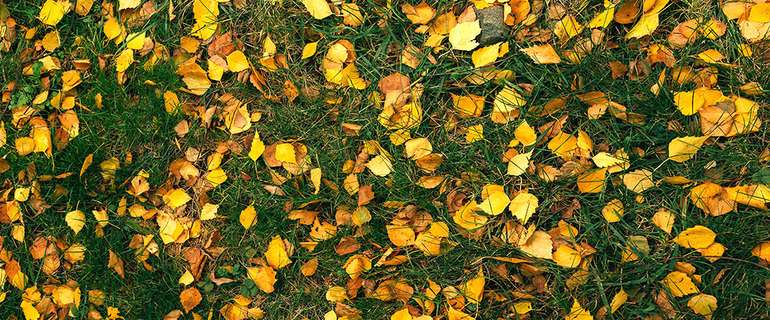
What is organic material and why is it important to use it rather than throw it away?
Organic material is the source of organic matter: fall leaves, compost, manure, plant residues etc. As organic material decomposes, it changes its form and mass. The mass of organic material is reduced by about 90% during the decomposition process. That’s why soil formation, of which the integration of organic matter is a crucial step, takes so long. According to the USDA, it can take up to 100 years to form one inch of topsoil.
Soil and soil production is fascinating
This is where my research into dead leaves became more interesting; although it's logical to retain nutrients in our gardens rather than stripping them, how often do we ever really think about the dirt beneath our feet? According to the USDA, "soil forms layers or horizons, roughly parallel to the earth’s surface, in response to five soil forming factors". These five factors are:
- Parent material
- Relief or topography
- Organisms (including humans)
- Climate
- Time
If a single parent material is exposed to different climates, then a different type of soil will form. If any one of the five factors above is changed but the remaining four factors remain the same, a different soil type will form. This process is called “soil genesis”. I had no real idea it was this complex, but now I'm starting to appreciate dirt more!
It is thought that roughly 95% of the world’s soils have been moved or transported to their present location. Only 5 percent of the world’s soils are 'residual soils' or soils that formed in place from primary materials. However, soil types are also determined by whether a soil is formed in mineral material (sand, silt, and clay) or whether a soil formed in organic material (like your leaves, plants and animal matter in various stages of decay and decomposition).
Soils that formed in dominantly organic material are classified as 'histosols' according to soil taxonomy and the parent material contributes both chemical and physical properties to any individual soil. Who knew that our fall leaves could play such an important role in the health of our gardens?
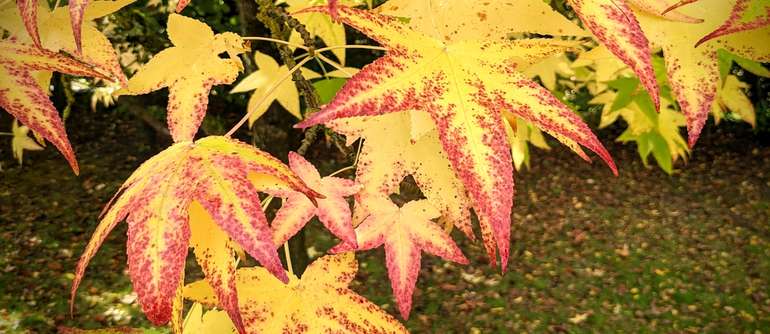
How long does it take for dead leaves to decompose?
Thanks to the fungi and bacteria in the soil, dead leaves gradually become humus, fertile soil. This process takes a few months. If your leaves are left on the ground over winter, you will see that in the spring they will already be at least half decomposed. However, if your leaves have been shredded, they will decompose even quicker. And if you mix and aerate the pile somewhat regularly, it can take as little as a year for the leaf compost to be ready for use when mixed with kitchen waste and green materials in your compost.
Remember to clean leaves out gutters!
Dead leaves accumulate in your gutters and prevent them from functioning properly, and they block downspouts and drains causing humidity problems, or cause flooding of basements and unnecessary expense. Gutters are an important component of your home to ensure its durability. In fact, keeping water away from the structure and foundation is essential to prevent water infiltration problems. If there is one place where you absolutely must collect and move your dead leaves in the fall, this is it!
Conclusion: What should we do with dead leaves in fall?
So, having looked into it, our conclusion is that wherever possible dead leaves should be left where they fall - nature is clever like that. Autumn leaves serve a purpose, that's why they fall off within the main root perimeter or drip zone of the tree they grew on and gently decompose to put their nutrients back where they came from. Natures own circular economy!
Failing that, if high winds blow them into a thick and soggy mess or you just happen to live in a part of the world where it rarely stops raining in fall, then we can help nature along as suggested above, like leaving them as close to where they fell as possible. The one thing we really shouldn't do with fall leaves is to rake them up and dump them in the trash, where they're transported and then thrown in a landfill to decompose into methane... That would be bad.
Now that you know about what to do with dead leaves in fall in the garden, learn more about growing food at home in the Ecohome Green Building Guide pages.
Learn more about green home construction and reap the benefits of a free Ecohome Network Membership here. |
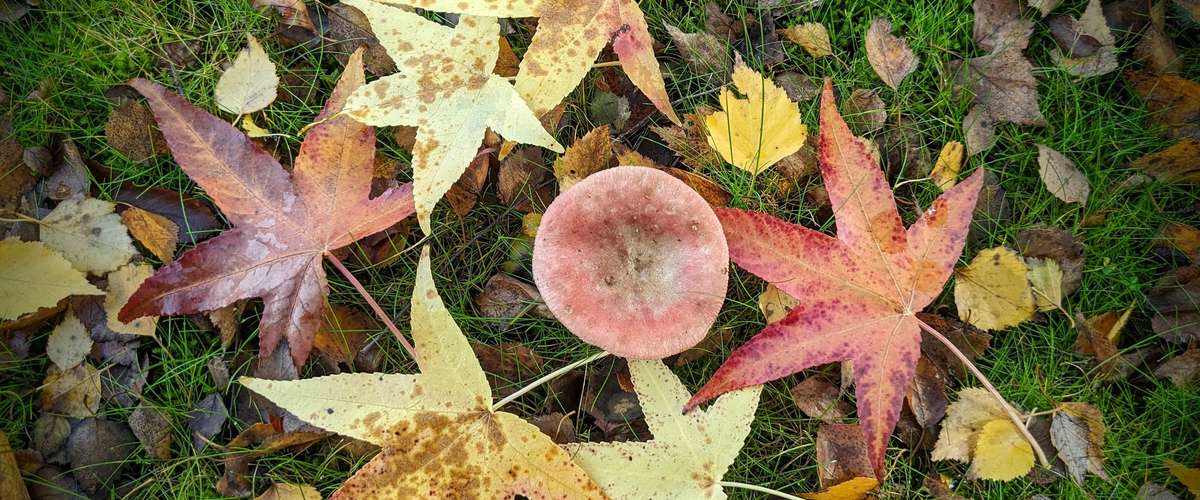















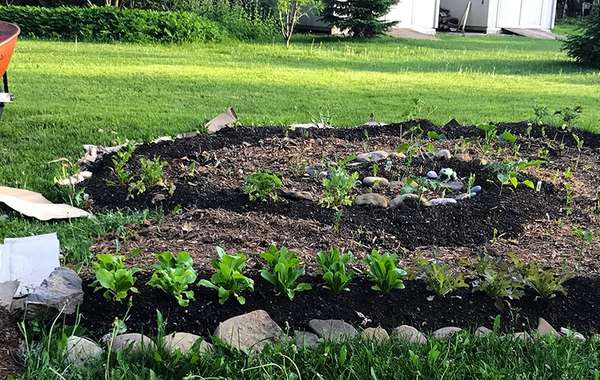
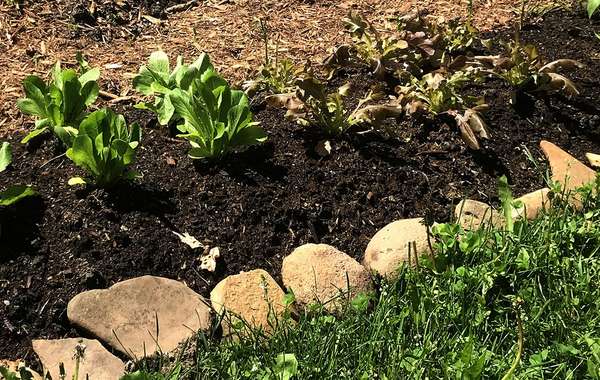
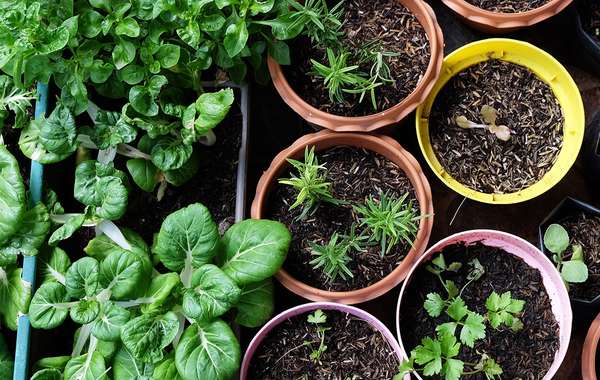
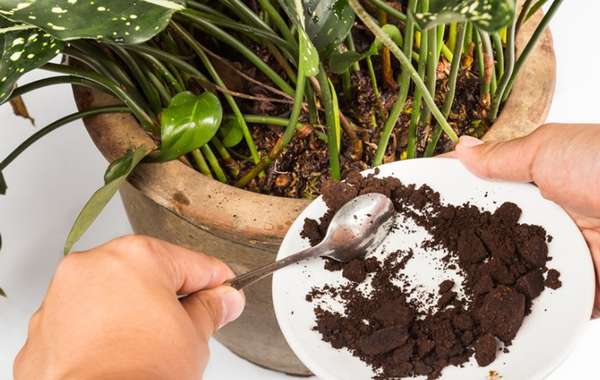
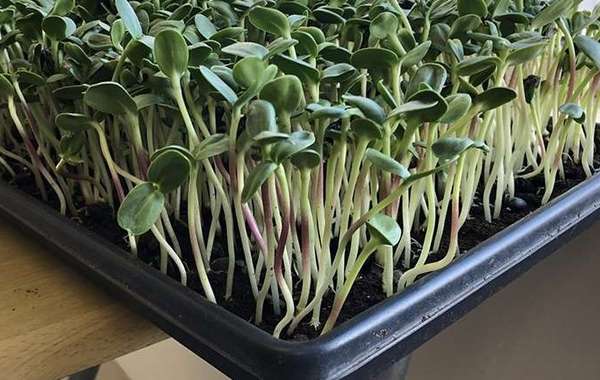
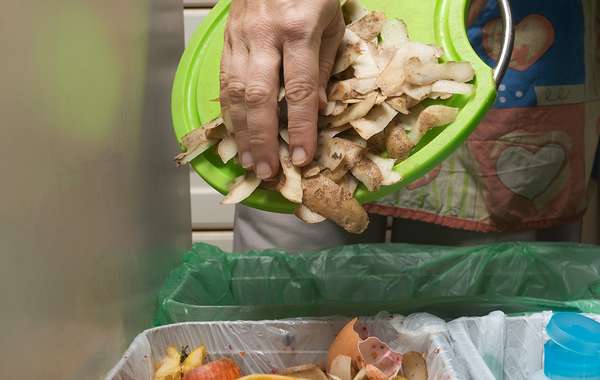
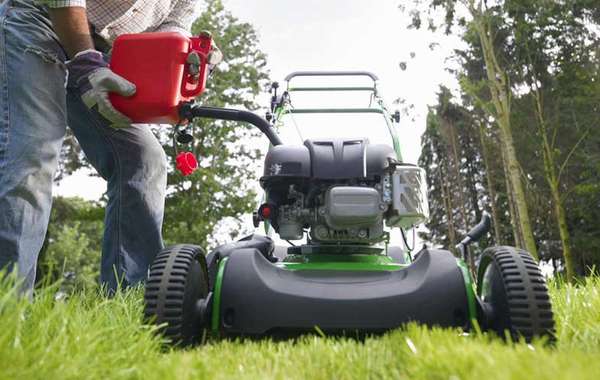
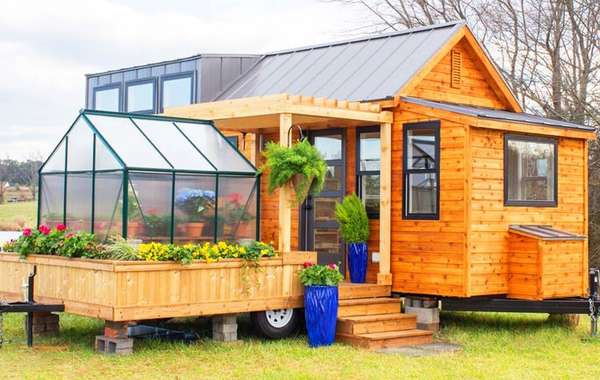

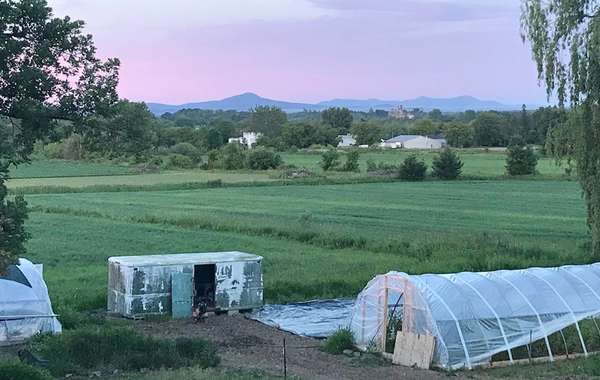
Comments (0)
Sign Up to Comment